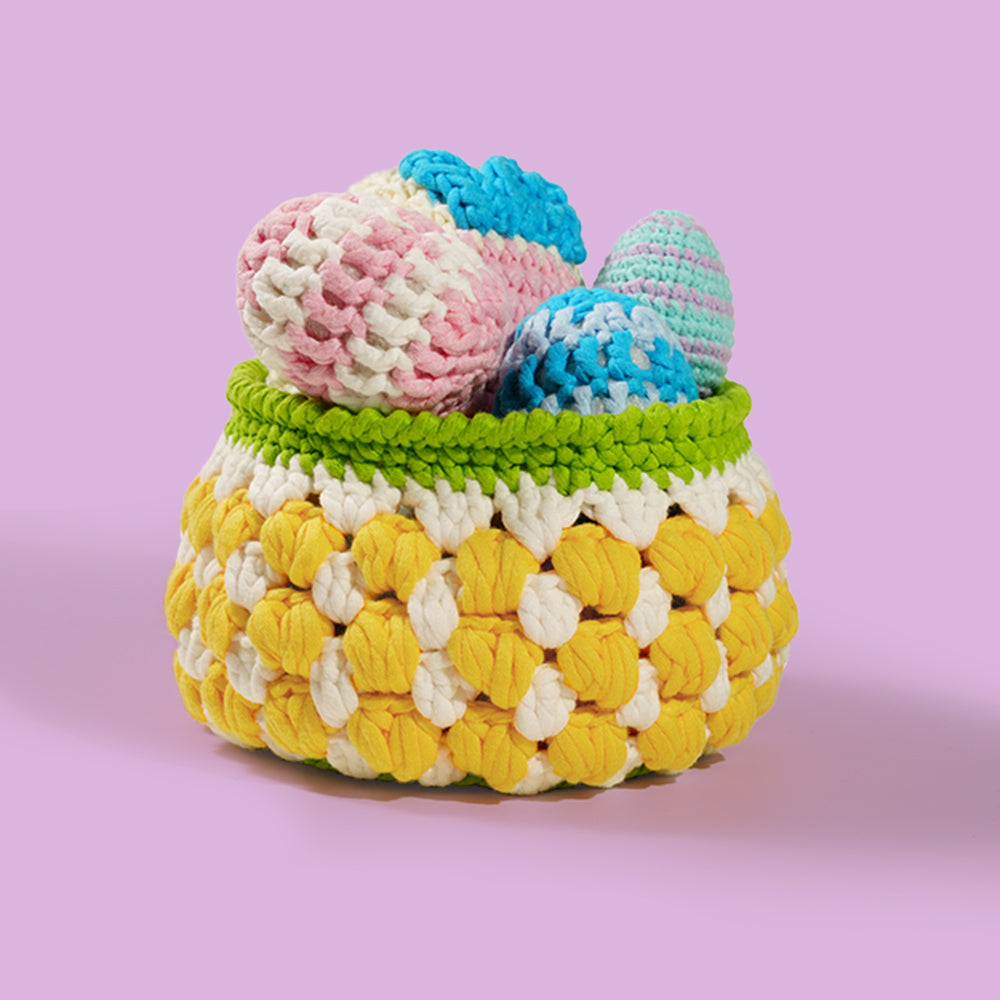Circular vs. Flat Crochet: Understanding the Differences
Crochet is a versatile craft that offers a variety of techniques to create beautiful and functional items. Two fundamental methods are circular crochet and flat crochet. Understanding the distinctions between these techniques can help you choose the right approach for your projects.
Circular Crochet
Definition: Circular crochet involves working in continuous rounds, creating a tube-like structure without turning the work.

Common Uses:
-
Amigurumi: Small, stuffed toys are typically crocheted in the round to avoid seams.
-
Hats and Cowls: These items are often worked in the round to maintain a seamless appearance.
Advantages:
-
Seamless Construction: No visible seams, resulting in a clean finish.
-
Efficient for Tubular Items: Ideal for creating items like sleeves, hats, and bags.
Techniques:
-
Spiral Rounds: Work continuously without joining each round. This method is commonly used in amigurumi.
-
Joined Rounds: Each round is joined with a slip stitch, and the next round begins with a chain stitch. This method is often used for hats and other garments.
Considerations:
-
Stitch Markers: Essential for keeping track of rounds.
-
Even Tension: Maintains consistent stitch size and prevents uneven edges.
Flat Crochet
Definition: Flat crochet involves working back and forth in rows, turning the work at the end of each row.

Common Uses:
-
Blankets and Shawls: These items are typically worked flat to achieve the desired width and length.
-
Scarves and Dishcloths: Flat crochet is ideal for creating these items with straight edges.
Advantages:
-
Straight Edges: Easier to maintain consistent width and straight edges.
-
Simple Construction: No need to join rounds, simplifying the process.
Techniques:
-
Turning Chains: At the beginning of each row, a turning chain is made to raise the height of the first stitch.
-
Row Counting: Keeping track of rows ensures the piece maintains the correct dimensions.
Considerations:
-
Edge Management: Turning chains can create a slight gap; techniques like the "alternative turning chain" can help minimize this.
-
Edge Stitching: The first and last stitches of each row may appear different; consistent tension helps reduce this effect.
Choosing the Right Technique for Your Project
When deciding between circular and flat crochet, consider the following factors:
-
Project Type: Determine if the item requires a seamless structure or if flat construction is more appropriate.
-
Skill Level: Flat crochet may be more straightforward for beginners, while circular crochet offers more versatility for advanced projects.
-
Desired Finish: Consider whether a seamless or flat-edged finish aligns with your aesthetic goals.
Final Thoughts
Both circular and flat crochet techniques have their unique advantages and applications. By understanding the differences and considering your project's requirements, you can choose the method that best suits your needs. Happy crocheting!
